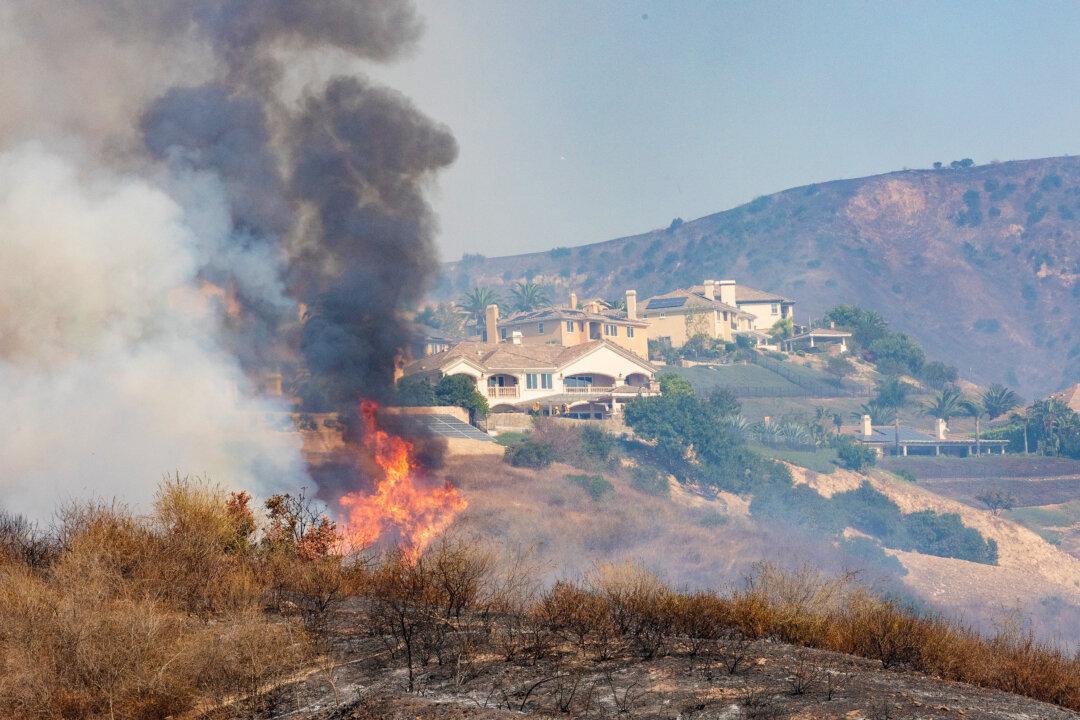Officials throughout California are preparing for another crippling drought throughout the state—but officials in Orange County say they are ready.
After two years of below-average precipitation levels, fears of devastating wildfires loom on the horizon. The ground throughout the state has become parched, threatening vegetation and daily life.





